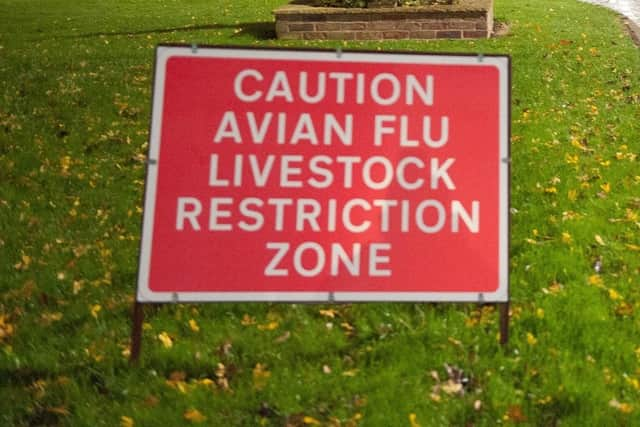Hundreds of shot birds to be swabbed for avian flu


The highly pathogenic avian influenza (HPAI) was suspected in commercial poultry at a premises near Bridlington last month and this was confirmed the day afterwards after official testing.
A Temporary Control Zone was revoked and replaced by a 3km Protection Zone and 10km Surveillance Zone.
All poultry on the premises had to be humanely culled.
Advertisement
Hide AdAdvertisement
Hide AdAnother case of the (HPAI) H5N1 strain was confirmed at a second commercial premises in the Bridlington area earlier this month.
Aldgate Veterinary Practice, which has a site in Bridlington, was asking people to be cautious and not take risks during the outbreaks.
A highly contagious strain of bird flu, which is associated with high mortality rate, is continuing to wreak havoc – including for the first time seabirds.
It is feared the mass die-offs could continue this winter.
Researchers from Leeds University are sending kits to five wildfowling groups across the UK, including one on the Humber, to swab hundreds of dead ducks and geese and send the samples for analysis at the Animal and Plant Health Agency (APHA) at Weybridge.
Advertisement
Hide AdAdvertisement
Hide AdTraditionally bird flu mainly hit waterfowls during the winter, but it is now also affecting seabirds in the spring and summer, raising fears the deadly virus may have become a year-round problem.
The Leeds study focuses on migratory birds which are just beginning to arrive now.
Researchers are hoping to pick up patterns to see how the virus is moving round the country.
Dr Alastair Ward, Associate Professor of Biodiversity and Ecosystem Management at Leeds University, said some birds migrate from central Europe and northern Russia, where they seem to pick up strains of bird flu.
Advertisement
Hide AdAdvertisement
Hide AdDr Ward said: "If we find highly pathogenic strains turning up within a region you could start saying the risks are such that we need to take measures early rather than manage them once they happen."
The spread of H5N1, he said, was a "huge worry" with birds already under pressure from climate change, habitat degradation and pollution.